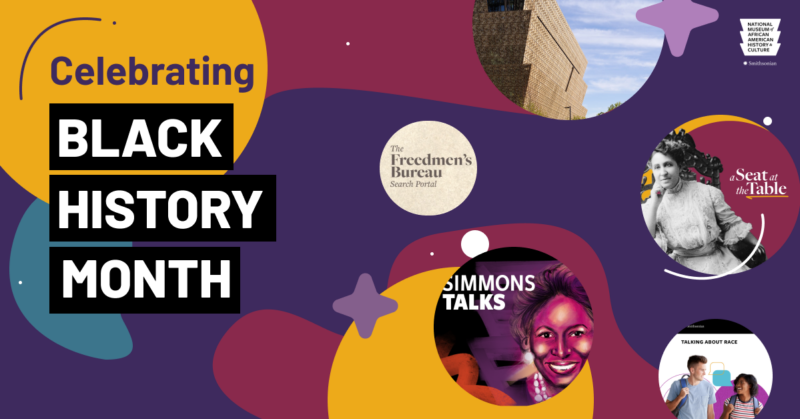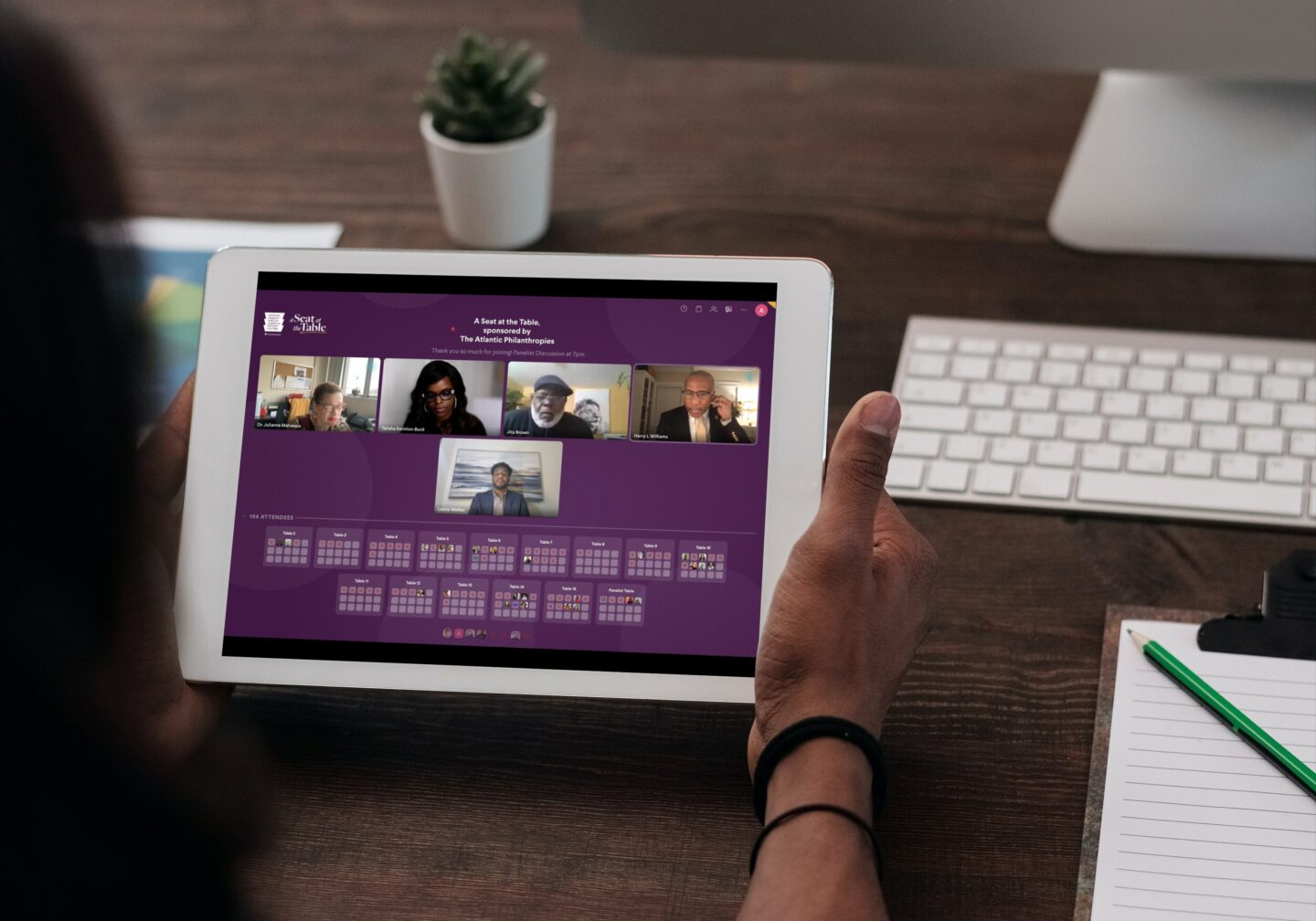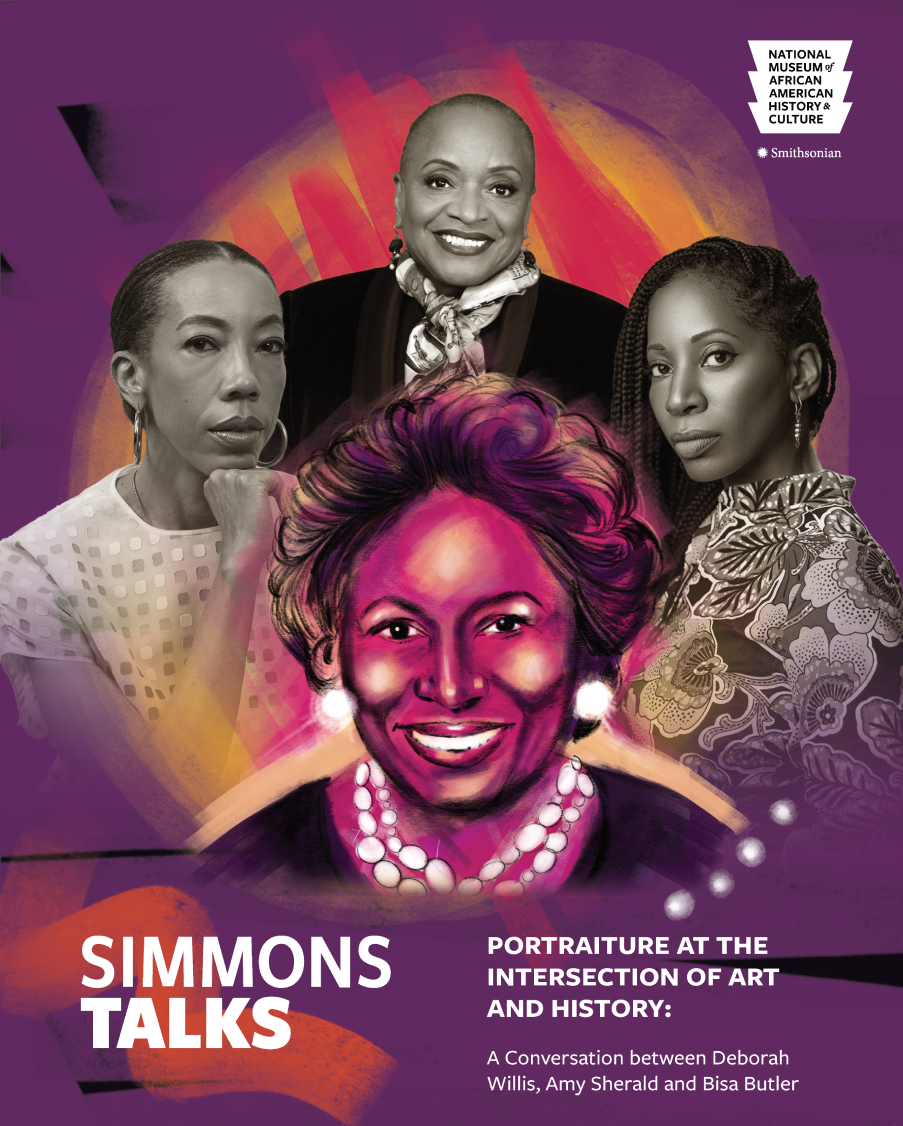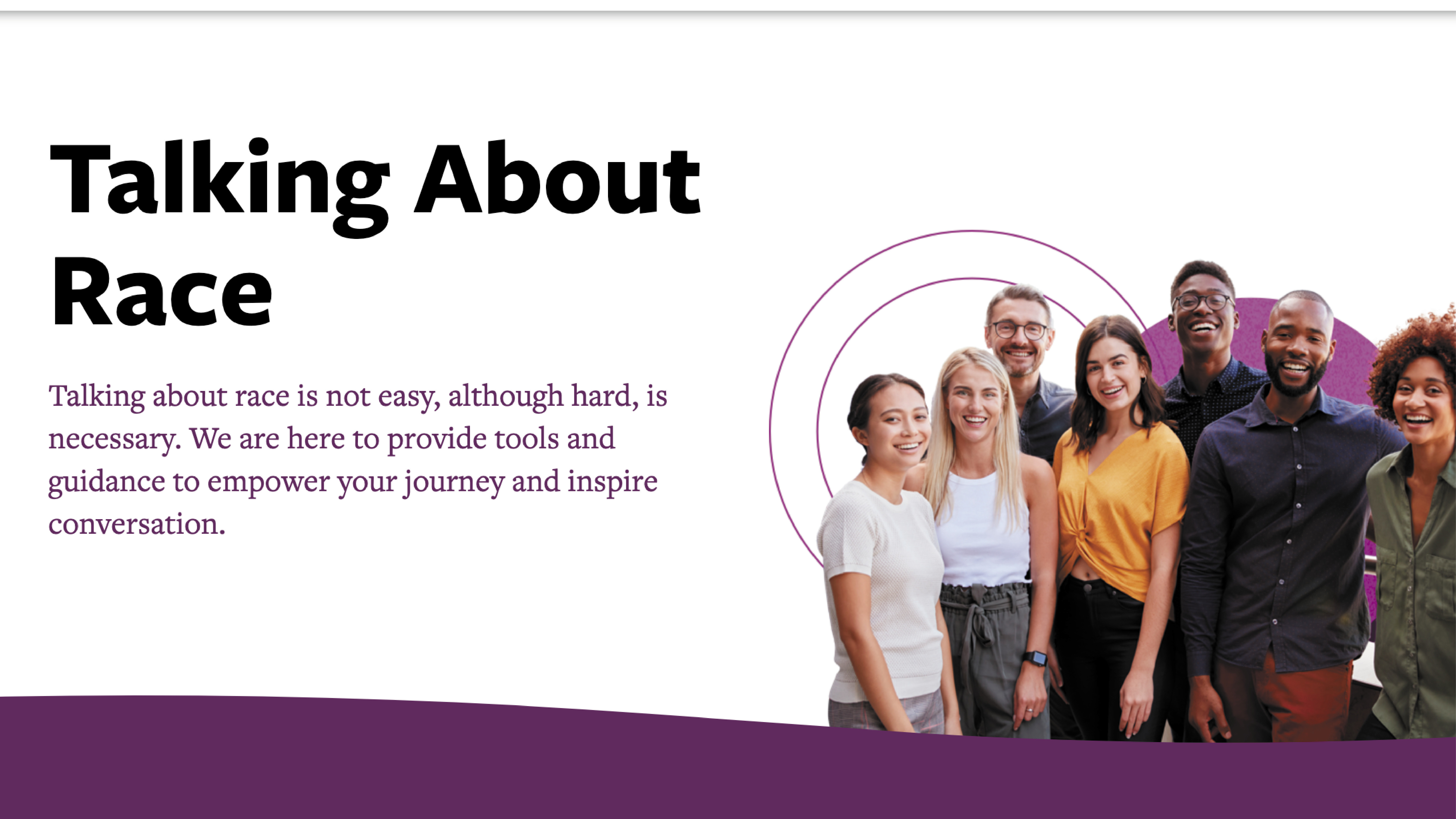Blog Insights
Expanding Access to Black History

This Black History Month, we reflect on the strategy work that our team does through our partnership with the Smithsonian National Museum of African American History and Culture—much of which centers around expanding access. How can we facilitate digital experiences that empower more people to discover, engage, and contribute to the narratives and realities of race in America?
When the National Museum of African American History and Culture (NMAAHC) opened its doors in 2016, the Museum knew that not everyone would have the opportunity to travel to DC to visit in person. And for those who have, they quickly understand that the Museum has much more to offer than can be absorbed in a day. Deep experiences are forged not only through the Museum’s collections and exhibitions but also through ongoing programming and scholarship. Expanding access to all of this work online brings opportunities for more people to engage frequently, from any distance, and on their terms.
This month we invite you to explore some of the programs and events we’ve been so honored to be part of building, shaping, and growing to expand access to Black history.
Freedman’s Bureau Search Portal
The United States Bureau of Refugees, Freedmen, and Abandoned Lands—more commonly known as the Freedmen’s Bureau—was created by Congress on March 3, 1865. The Bureau was responsible for helping formerly enslaved people transition to citizenship and for all matters relating to the refugees, freedmen, and lands abandoned or seized during the Civil War. In the process, millions of federal records were created that recorded the names of these formerly enslaved individuals for the first time.
In 2016, NMAAHC launched the Freedmen’s Bureau Transcription Project within the Smithsonian Transcription Center. Since then, thousands of volunteers have transcribed hundreds of thousands of image files of the more than 1.7 million pages of documents in the Freedmen’s Bureau archive— the largest transcription project ever undertaken by the Smithsonian. To make these files as searchable as possible, NMAAHC worked with Forum One and Quotient to build the Freedmen’s Bureau Search Portal. Thanks to this online portal, anyone can now search the transcribed and indexed Freedmen’s Bureau Archive in a single place.
The Freedmen’s Bureau Search Portal was a massive undertaking that could not have been built without the Smithsonian, multiple partners, and—most importantly—the thousands of volunteers who transcribed the documents, and the technology that powers the portal.
To date, more than half a million pages of records have been transcribed. To volunteer in helping to transcribe the remaining documents, please visit the Smithsonian Transcription Center.
🏆 The Freedmen’s Bureau Search Portal is a 2024 Anthem Awards winner for Best Use of Data in the Education, Arts & Culture Category.
A Seat at the Table

It was March 2020. NMAAHC was planning its next installment of the already-successful and well-attended event, ”A Seat at the Table.” The event brought people together in the Museum’s Heritage Hall for an evening dinner, panel discussion, and table discussions about social justice issues affecting the African American community. It was a lovely evening that inspired a rich conversation.
But then, As we all know, the world shut down.
Instead of canceling the event, NMAAHC saw a new opportunity to create a virtual version of the event that achieved new goals and continued the mission of this amazing event. Forum One supported the Museum in conceptualizing, branding, and executing the run-of-show for the virtual version of “A Seat at the Table.” The outcome was an immensely successful event that attracted audiences from all corners of the country. It offered a distinctively branded virtual experience where participants came together, shared a meal, and fostered meaningful connections through important conversations.
On the theme of “The Triumphs and Challenges of Black Education”, Forum One worked with NMAAHC to create a unique virtual experience that allowed participants to feel like they were there in person as they enjoyed a locally-prepared meal out of the comfort of their home. From conversing with fellow attendees at assigned virtual tables throughout the program without being heard by other tables or by those on stage, to having panelists stop by for a chat, attendees commented on how it was nearly like being in person and made their experience more personal and collaborative.
🏆 The 2022 “A Seat at the Table” Virtual Event was awarded silver at the 2023 Vega Awards, the 2022 W3 Awards, and the 2022 Davey Awards respectively.
Simmons Talks

NMAAHC’s Simmons Talks series connects audiences with individuals of singular vision, intellect, courage, compassion, and historical and contemporary significance and creates an opportunity for NMAAHC to connect with its audiences outside of the structure of a visit to the museum. Endowed by Dr. Ruth J. Simmons, the talks named in her honor feature discussions with African American innovators in art, business, science, literature, medicine, social justice, technology, and more.
Forum One partnered with NMAAHC to develop a visual brand system for the event in addition to visual assets which were used across NMAAHC’s digital channels and in-person at the event. This built on NMAAHC’s core design system and utilized design, illustration, motion graphics, and more to engage NMAAHC’s audience and create a visual language that could excite and inspire event attendees.
The resulting brand system promoted and established the event, and inspired the videos and projected designs used during the live event to introduce speakers, establish biographies, and create a cohesive experience for audiences in person and online.
The NMAAHC website

When the NMAAHC museum opened its doors to the public in 2016, its leaders wanted the website to stand out with a bold visual presence befitting its physical architecture—one that goes beyond simply providing visitor information to convey a powerful and immersive virtual experience.
Forum One worked with the Smithsonian’s multiple groups of stakeholders to lead the design, user experience, and front-end development of a beautiful, responsive website that lets online audiences explore the museum virtually through stunning visuals and an intuitive, engaging content structure.
Eight years on, we continue to work hand-in-hand with the NMAAHC website team to tell personal stories, celebrate its historical importance, and invite all Americans to share in experiencing a common history and an instantly iconic national landmark.
🏆 The inaugural NMAAHC website was the winner of both the prestigious Webby Award and People’s Voice Award in the Cultural Institutions category of the 21st Annual Webby Awards in 2017.
Talking About Race

Talking About Race has been widely referenced and shared as a compelling and actionable resource as people across the country seek to educate themselves and others and have candid, overdue, and often difficult conversations about race in our society and how to make substantial progress in ending racism.
Launched in 2020, the portal was an important, timely resource to facilitate conversations about race and racism in America following the police killings of George Floyd and Breonna Taylor.
“Amid turbulent US protests, Smithsonian’s African American museum opens a conversation about race” ~ Art Newspaper, June 1, 2020
“’Talking About Race’ Is a New Online Resource by the National Museum of African American History — Here’s How to Use It” ~ Travel + Leisure, June 4, 2020.
“U.S. Museum Helps Americans Discuss Race” ~ U.S. Embassy Japan, July 20, 2020
Forum One partnered with the Museum to bring the resources to life visually. The “Talking About Race” section of NMAAHC’s global website extends the site’s existing design system and amplifies the user experience to share relevant and engaging resources for diverse audiences.
🏆 Talking About Race is the recipient of a 2022 Gold Anthem Award, a 2022 Excellence Communicator Award, a 2022 Centauri Vega Award, and a 2021 Webby Awards Nominee.
Expanding access, expanding impact
As we continue to celebrate Black History Month, we at Forum One are truly humbled by the opportunity to partner with NMAAHC in its mission to expand access to Black history and culture. It’s an ongoing journey, but one that holds immense power to inform, inspire, and connect us all.
The projects we’ve highlighted here—from the Freedmen’s Bureau Search Portal to the virtual “A Seat at the Table” event—demonstrate the potential of digital experiences to break down barriers and make Black history more accessible than ever before. By leveraging technology and creative design, we can empower individuals to engage with these stories on their own terms, regardless of location or physical limitations.
But access is just the first step. As we move forward, we strive to not only make Black history more accessible but also ensure its impact resonates deeply. These digital experiences foster meaningful conversations, challenge perspectives, and inspire action toward a more just and equitable future.
This Black History Month, and beyond, we invite you to join us in exploring the NMAAHC’s resources, sharing your own stories, and engaging in dialogue about the rich tapestry of Black history and its enduring significance. Together, we can create a more inclusive and informed future where Black history is not just accessible, but truly understood and celebrated.
How you can explore more:
- Visit the NMAAHC website and online resources
- Search through the Freedmen’s Bureau Search Portal
- Become a NMAAHC member
- Share your thoughts and experiences on social media using #BlackHistoryMonth and #ExpandingAccess
- Register to learn more about The Creative Process Behind Designing for Impact with our award-winning Creative Director, Corey Jones, on February 29th at 1pm ET.
Black history is American history, and its stories deserve to be heard by all.